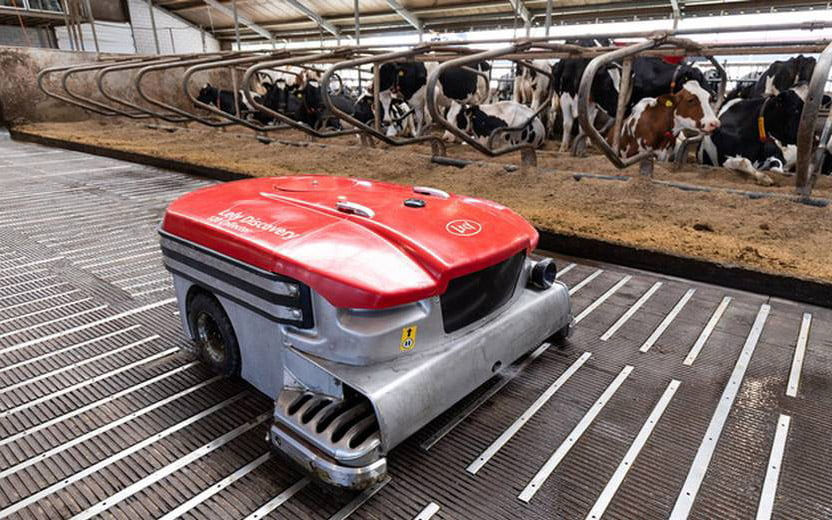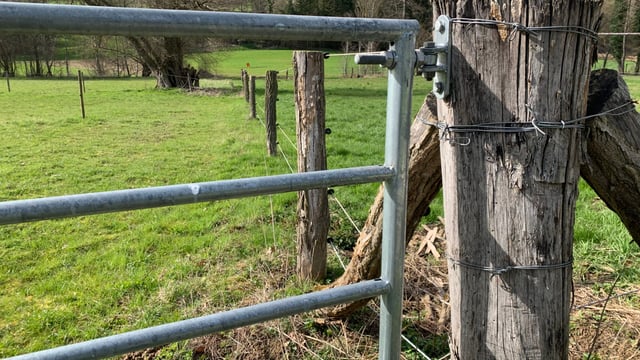German association VDMA sees no quick fix for machinery industry
Tobias Ehrhard, the CEO of the Machinery and Equipment Manufacturers Association of Germany (VDMA), recently released a report on the present state of the farm machinery industry, and it does not make for cheerful reading.
He kicked off by noting that farmers and contractors around the world ordered machines, equipment, and software systems worth €11.1 billion in 2024, around 28% less than in 2023.
That, by any measure is a dramatic drop, and suggests that the more optimistic figure of 15-20% being bandied about in the Irish trade either applied to Ireland alone, or it was whistling past the graveyard.
This comes after a period of sustained growth and the fall may be due to any number of reasons, lack of confidence being cited as the major reason while farmers taking a break from spending, or taking on more debt, is very much likely to be another.
One of the few bright spots was milking and dairy feeding machinery which remained stable throughout the year due to the buoyant milk price.
Yet dairy farmers appear not to have spent the extra income on tractors and implements, as Ehrhard goes on to point out that tractors and harvesters saw significant declines.
This is a worrying trend for those who believe that healthy commodity prices will draw the business out of the doldrums, and that includes the big three tractor makers who have all stated their faith in this being a factor in recovery.
Ehrhard also pointed out that the economic downturn in 2024 was unusually uniform across all markets worldwide, but he does not believe that weak producer prices nor the realized harvest volumes in agriculture were responsible for this.
He suggested that demand grew to a level that could no longer be met, a phenomenon which was not expected at the time.
After the supply situation eased, dealers found themselves with excess stock which they had ordered to ensure delivery in a time of scarcity. It is that stock which needs to be cleared before normal trading can resume.
The VDMA is once again forecasting a rather subdued 2025 for the agricultural machinery sector although the mood in the sector is gradually brightening, according to the latest surveys.
There are also indications that the uniformity of the global response is breaking down with the US market currently still being held back by high inventories, while the reduction of dealer stocks in Europe appears to be progressing more quickly.
According to the VDMA, good harvests and a correspondingly positive performance in agricultural machinery sales can be expected in South America, although, as noted above, a good milk price does not automatically translate into increased sales of general farm machinery.
Regardless of economic fluctuations, the agricultural machinery industry remains the most important enabler for agriculture according to the VDMA.
He is of the opinion that sustainable productivity can only be achieved with modern agricultural machinery, tractors, and associated software systems. With these in place it is possible to produce with pinpoint accuracy and document precisely he notes.
The role of digital technology in encouraging sustainable productivity is often cited, usually by those who are not actually farming themselves but would wish to see an engineering solution imposed on a biological system.
While the aims of doing so may appear laudable it is not always appealing to farmers at ground level who have, to a large degree, resisted the demand to farm from a desk rather than from the field.
The hope that IT will restore the fortunes of the machinery industry may well prove to be misplaced.







